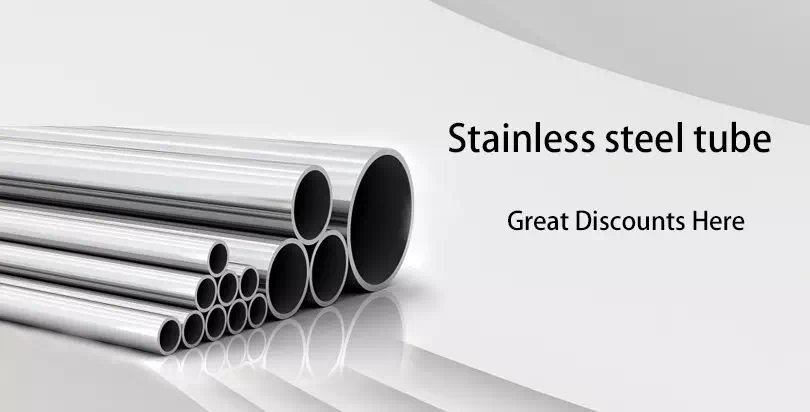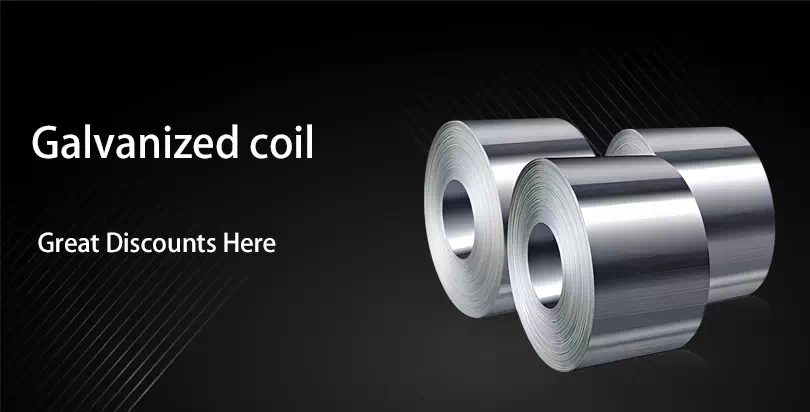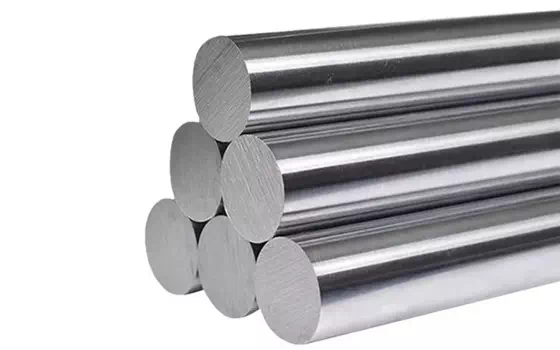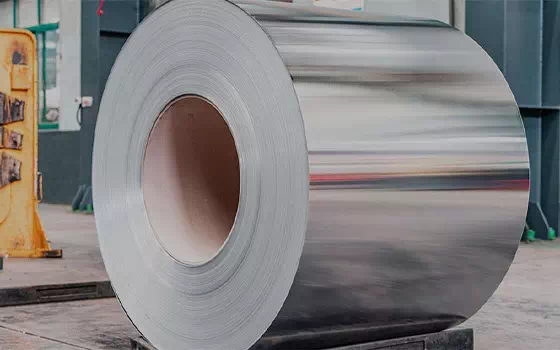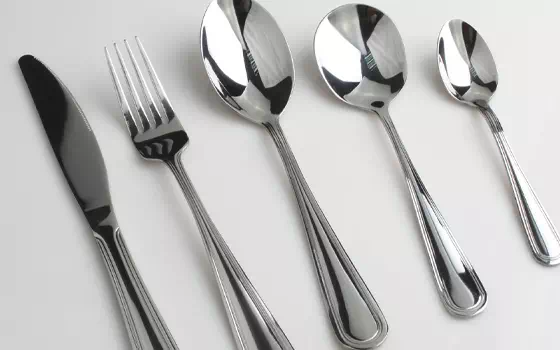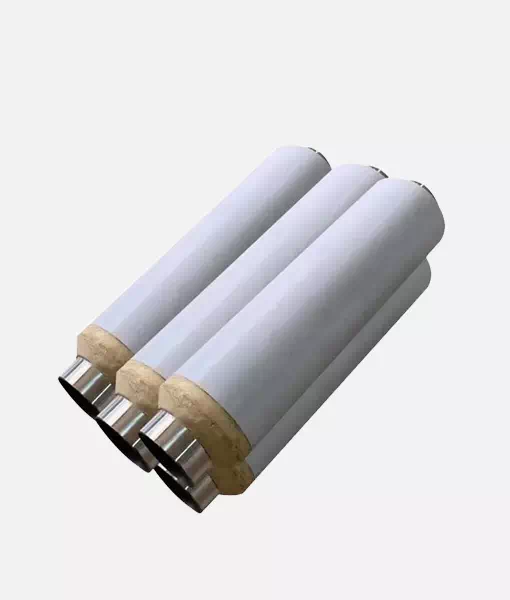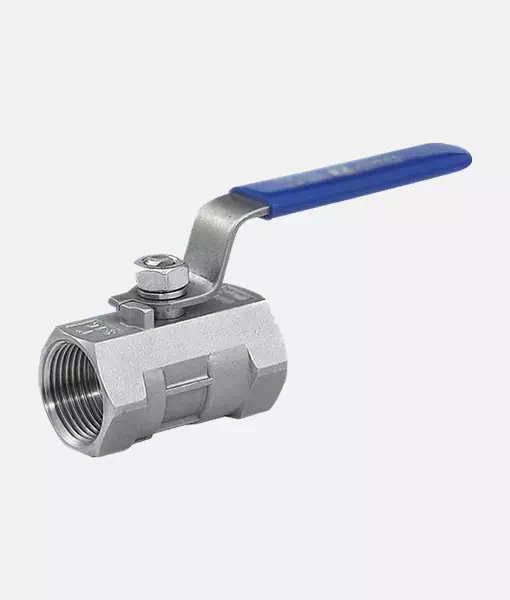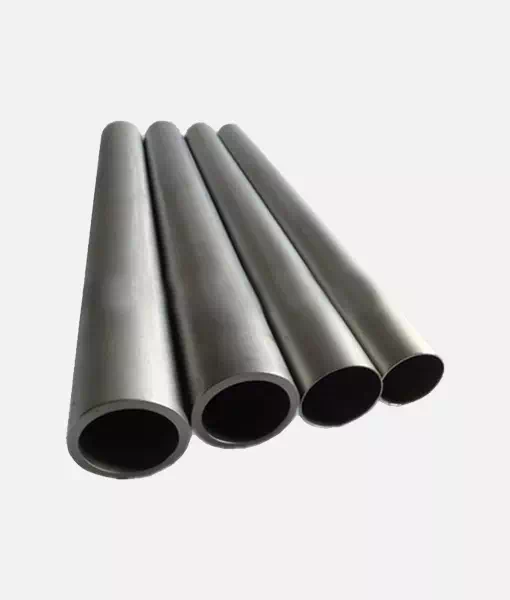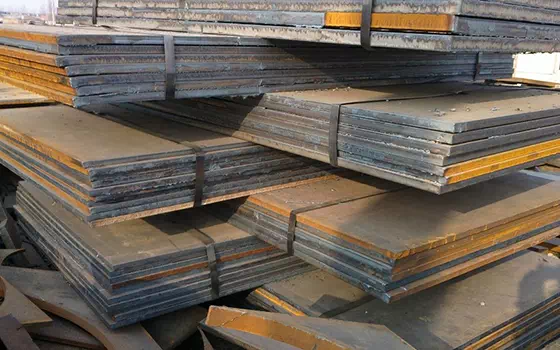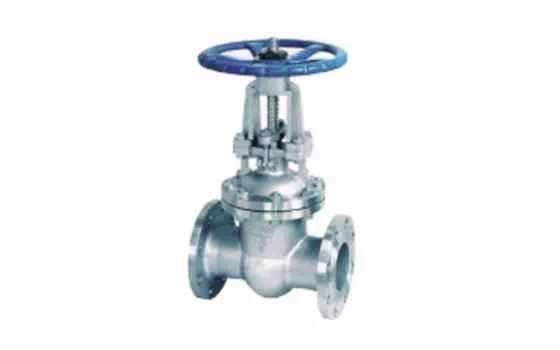Introduction of galvanized pipe
Hot-dip galvanized pipe
The hot-dip galvanized pipe is to make the molten metal react with the iron matrix to produce an alloy layer so that the matrix and the coating are combined. Hot-dip galvanizing is to first pickle the steel pipe. In order to remove the iron oxide on the surface of the steel pipe, after pickling, it is cleaned in a tank with ammonium chloride or zinc chloride aqueous solution or a mixed aqueous solution of ammonium chloride and zinc chloride and then sent to In the hot-dip plating tank. Hot-dip galvanizing has the advantages of uniform coating, strong adhesion, and long service life. The matrix of the hot-dip galvanized steel pipe undergoes a complex physical and chemical reaction with the molten plating solution to form a corrosion-resistant zinc-iron alloy layer with a compact structure. The alloy layer is integrated with the pure zinc layer and the steel pipe matrix, so its corrosion resistance is strong.
Cold galvanized pipe
The cold galvanized pipe is electro-galvanized, and the amount of galvanization is very small, only 10-50g/m2, and its corrosion resistance is much worse than that of the hot-dip galvanized pipe. Most of the regular galvanized pipe manufacturers do not use electro-galvanization (cold plating) in order to ensure quality. Only those small enterprises with small-scale and outdated equipment use electro-galvanization, and of course, their prices are relatively cheaper. The Ministry of Construction has officially announced that cold-galvanized pipes with outdated technology should be eliminated, and cold-galvanized pipes are not allowed to be used as water and gas pipes. The galvanized layer of cold galvanized steel pipe is an electroplated layer, and the zinc layer is separated from the steel pipe matrix. The zinc layer is thin, and the zinc layer simply adheres to the steel pipe substrate and is easy to fall off. Therefore, its corrosion resistance is poor. In newly-built houses, it is prohibited to use cold-galvanized steel pipes as water supply pipes.
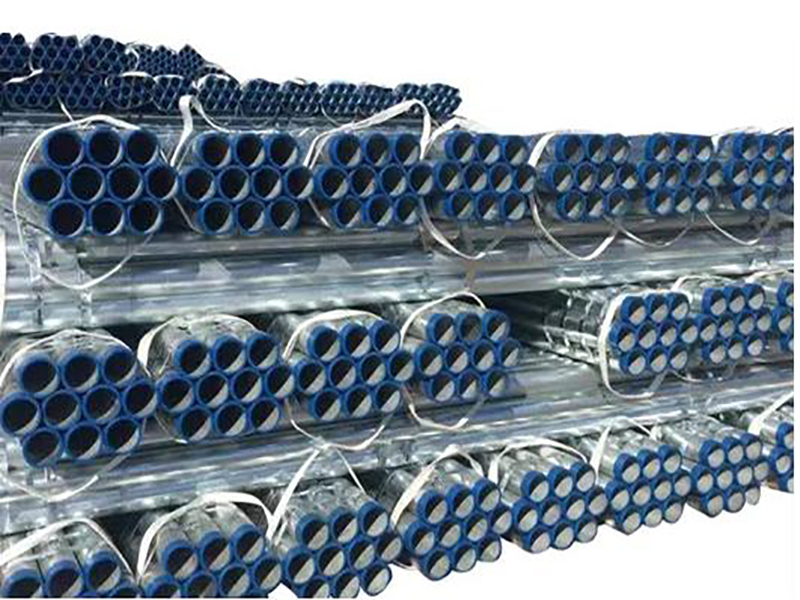
What paint does the galvanized pipe spray?
Galvanized pipes can use “two-component epoxy zinc yellow primer” as the primer, which must be painted by hand instead of roller coating. A thin layer is enough. Then spray the corresponding topcoat, for example, a coat of acrylic polyurethane paint can be sprayed on the surface, and the spray thickness is generally about 60 microns to achieve double protection.
Phosphating treatment is required before painting: the surface of the galvanized pipe is passivated with phosphoric acid to improve the surface roughness and adhesion of the galvanized pipe. Before painting the galvanized pipe, it should be polished, and lightly polished, to avoid damaging the anti-corrosion layer of the galvanized pipe itself and remove the dirt on the galvanized pipe.
Why doesn't China use galvanized water pipes now?
Galvanized pipes are used as water pipes. After a few years of use, a large amount of rust is generated in the pipes. The yellow water that flows out not only contaminates sanitary ware, but also contains bacteria that breed on the uneven inner wall. The rust causes excessive heavy metal content in the water, which seriously harms human health. In the 1960s and 1970s, developed countries in the world began to develop new types of pipes and gradually banned galvanized pipes. Four ministries and commissions including the Ministry of Construction of China also issued a document clarifying that galvanized pipes have been banned from 2000. At present, galvanized pipes are rarely used for cold water pipes in newly built communities, and galvanized pipes are used for hot water pipes in some communities.
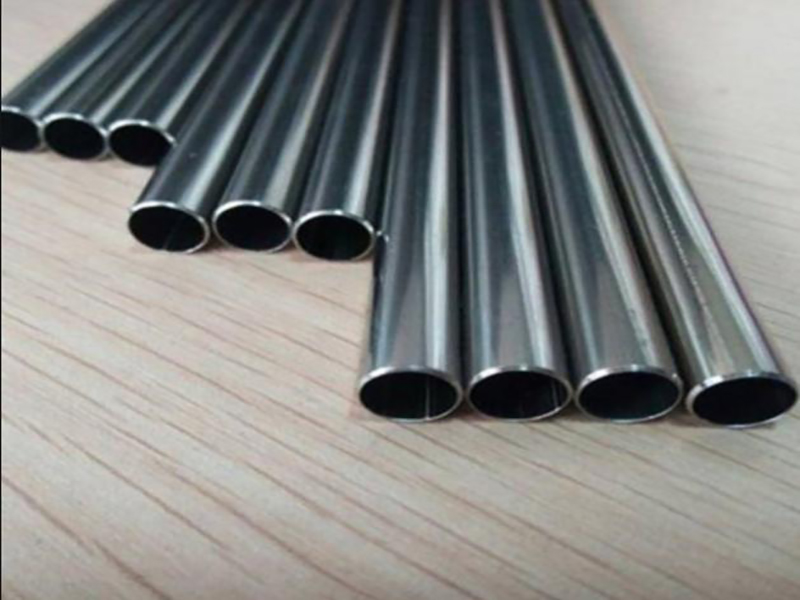
What is the difference between galvanized steel pipe and galvanized seamless steel pipe?
Hot-dip galvanized pipe: It makes the molten metal react with the iron matrix to produce an alloy layer, so that the matrix and the coating are combined. Hot-dip galvanizing is to pickle the steel pipe first. In order to remove the iron oxide on the surface of the steel pipe, after the pickling, it is cleaned in a tank of ammonium chloride or zinc chloride aqueous solution or a mixed aqueous solution of ammonium chloride and zinc chloride, and then sent to In the hot dip plating tank. Hot-dip galvanizing has the advantages of uniform coating, strong adhesion and long service life. The hot-dip galvanized steel pipe matrix reacts with the molten plating bath in complex physical and chemical reverse galvanized steel pipes, forming a corrosion-resistant zinc-iron alloy layer with a compact structure. The alloy layer is integrated with the pure zinc layer and the steel pipe matrix. Therefore, its corrosion resistance is strong. Galvanized seamless steel pipe: The amount of galvanization is very small, only 10-50g/m2, and its corrosion resistance is much different than that of hot-dip galvanized pipe. Regular galvanized pipe manufacturers can use cold galvanized pipes as water and gas pipes. The galvanized layer of cold galvanized steel pipe is an electroplated layer, and the zinc layer is layered independently from the steel pipe matrix. The zinc layer is thin, and the zinc layer simply adheres to the steel pipe substrate and is easy to fall off. Therefore, its corrosion resistance is poor. In newly-built houses, it is prohibited to use cold-galvanized steel pipes as water supply pipes.
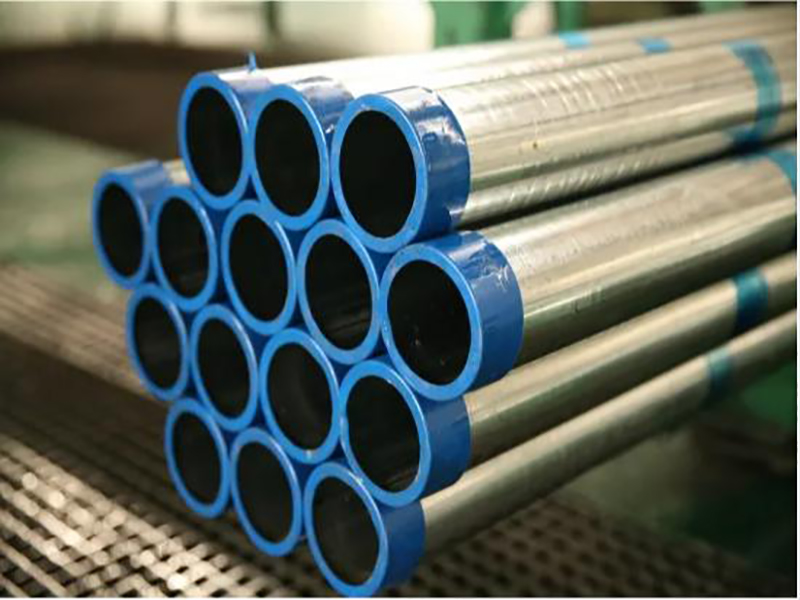
1.How to remove rust from galvanized steel pipe?
Galvanized steel pipes are divided into cold-galvanized steel pipes and hot-dip galvanized steel pipes. Nowadays, galvanized steel pipes are widely used. In addition to ordinary high-pressure fluid pipelines such as water, natural gas, and oil, they are also used in the kerosene industry, especially oil well pipelines in offshore oil fields. Condensation cooler, oil change pipeline for distilled coal, bridge piles and mine pipeline support pipes, etc. Galvanized steel pipe improves the corrosion resistance of the steel pipe and prolongs its service life.
Galvanized steel pipe is used for gas and heating. It is used as a water pipe, and a small amount of rust will occur after several years of use. It not only infects sanitary ware, but also contains fungi that grow on uneven inner walls. Rust can cause high levels of heavy metals in the water.
The hot-dip galvanized pipe melts the molten metal and the ferroalloy layer, so that the substrate and the coating are inductive to each other. Hot-dip galvanizing is to immerse the steel pipe in acid. In order to remove the iron oxide on the surface of the steel pipe, the steel pipe is pickled, mixed with an aqueous solution of ammonium chloride or zinc chloride, and then placed in a hot-dip galvanizing tank. The hot-dip galvanized paint is evenly distributed, strong in adhesion, and has a long service life. The matrix of the hot-dip galvanized steel pipe and the hot-dip galvanizing bath undergo complex physical and chemical reactions to form a densely arranged corrosion-resistant zinc-iron alloy layer, the alloy layer and pure zinc The layer and the steel pipe matrix are fused together, so its corrosion resistance is extremely strong. In order to ensure quality, most conventional galvanized pipe manufacturers do not perform electro-galvanization (cold galvanizing). Cold galvanized pipes are electro-galvanized, and the amount of galvanized is very small. The corrosion resistance function is very different from that of hot-dip galvanized pipes. . Those small enterprises with smaller scale and outdated equipment will use electro-galvanization because the price is relatively cheap. The galvanized layer of cold-galvanized steel pipe is an electroplated layer. The zinc layer is laminated independently of the steel pipe matrix. The zinc layer is very thin and can be easily attached. On the steel pipe, and easy to fall off. Therefore, the use of cold galvanized steel pipes as water supply pipes in buildings is prohibited because of its corrosion resistance. So how to clean the rust on the galvanized steel pipe?
(1) First use a solvent to clean the surface of the steel to remove organic matter on the surface.
(2) Then use tools to remove rust (wire brush) to remove loose or inclined scales, rust, welding slag, etc.,
(3) Use pickling.
Galvanizing is divided into hot-dip galvanizing and cold-dip galvanizing. Hot-dip galvanizing is not easy to rust, and cold galvanizing is easier to rust.
2.What are the advantages and disadvantages of galvanized steel pipe?
Advantages: The hot-dip galvanizing layer is thick, with uniform coating, strong adhesion, and long service life. The cost of electro-galvanizing is low, the surface is not very smooth, and its corrosion resistance is much worse than that of hot-dip galvanized pipes.
Disadvantages: The zinc layer of cold galvanized steel pipe is an electroplated layer, and the zinc layer is separated from the steel pipe matrix. The zinc layer is thin, and the zinc layer simply adheres to the steel pipe substrate and is easy to fall off. Therefore, its corrosion resistance is poor.
3.How to paint the surface of galvanized steel pipe?
Galvanized parts are non-ferrous metals, and non-ferrous metals have poorer adhesion than all ferrous metals. The commonly used alkyd iron red primer and epoxy iron red primer are not suitable for galvanized parts, otherwise they will easily fall off. Alkyd paint is used on galvanized parts, saponification reaction will occur, not only the coating fails, the original galvanized layer will also be damaged. The substrates suitable for galvanized parts are epoxy zinc yellow primer and epoxy ester zinc yellow primer.
Pay attention to when painting galvanized parts:
(1) If possible, you can phosphate the galvanized parts, or spray a thin layer of phosphate primer first.
(2) Sweep the surface of smooth galvanized parts.
(3) Wipe the surface of galvanized workpieces and galvanized pipes with solvent to remove the protective layer of crude oil and increase cleanliness.
4.What should be paid attention to when buying galvanized steel pipe?
(1) When you go to the mall to buy galvanized steel pipes, you need to take a correct look at the price of galvanized steel pipes. Look at several companies for comparison. At the same time, you also need to know that the more expensive the product, the better the quality. The brand, specifications, and specifications of the product have a lot to do with it. If you don’t understand it personally, it’s best to go with friends who know how to do it.
(2) When comparing the prices of galvanized pipes, it is necessary to choose several products of the same type for price comparison, so as to determine which one is more suitable for your choice. Furthermore, the characteristics of galvanized steel pipes and the purchasing skills must also be mastered, so that you can effectively prevent fraud by merchants and ensure personal interests.
(3) For the specifications that you need to use, you must be clear from the beginning. If you buy materials that do not match the actual material, it will seriously affect the normal use in the later period. If you are looking for the specifications you want, you need to make it clear to the merchant and record it in the contract.
5.What is the difference between galvanized steel pipe and non-galvanized steel pipe?
(1)The difference in manufacturing process: Galvanized steel pipe and non-galvanized steel pipe are two categories of steel pipes. Galvanized refers to the surface of the steel pipe that has been galvanized, while the non-galvanized steel pipe does not.
(2)The difference in durability: galvanized pipes are more resistant to corrosion, while non-galvanized steel pipes can withstand higher pressure. Galvanized steel pipes are not easy to rust due to the protection of zinc. Galvanized steel pipes are lighter than ordinary steel pipes.
Use difference: Galvanized steel pipes are generally used to make fences, fences, guardrails, and balcony guardrails. Widely used in municipal engineering, roads, factories, schools, development zones, gardens, squares, communities and other places. Non-galvanized steel pipes are now basically replaced by galvanized steel pipes.


